Ajuga Ground Cover: Essential Guide To Planting And Care
Discover how Ajuga, or Bugleweed, transforms gardens with colorful foliage, effortless growth, and robust ground cover qualities.
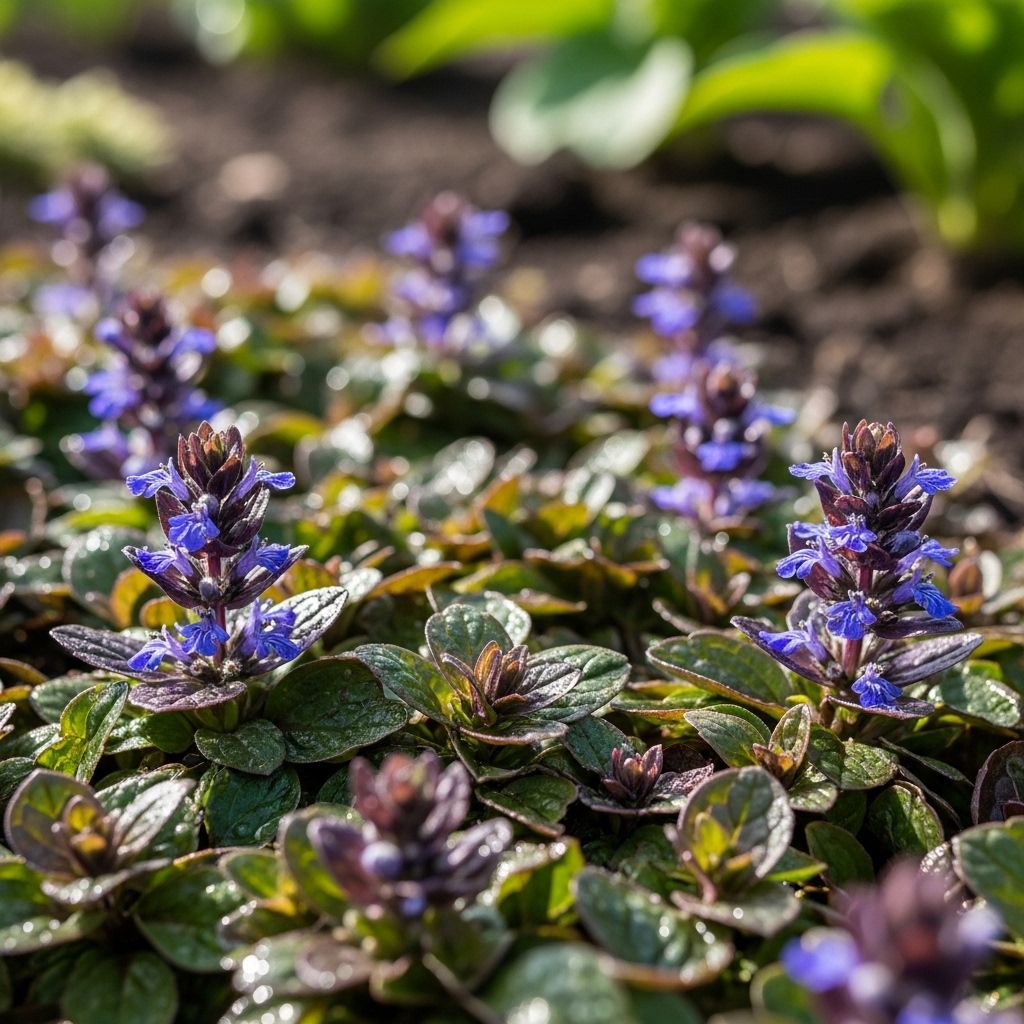
Image: HearthJunction Design Team
Ajuga (Bugleweed): An Essential Guide to a Colorful Ground Cover
Ajuga, commonly known as bugleweed or carpet bugle, is celebrated among gardeners for its ability to create lush carpets of colorful foliage and striking spring flowers. Whether you’re looking to fill bare garden spaces, suppress weeds, or add visual interest to shaded corners, Ajuga is an adaptable and low-maintenance solution. This extensive guide explores everything from its basic characteristics and varieties to planting tips, care requirements, and frequently asked questions, equipping you to enjoy this dynamic perennial in your landscape.
Bugleweed Basics
- Botanical Name: Ajuga reptans and related species
- Common Names: Ajuga, bugle, blue bugle, carpet bugle, common bugle, bugleherb, carpet weed, carpet bugleweed
- Plant Type: Herbaceous perennial ground cover
- Zones: USDA Zones 3–10, depending on variety
- Exposure: Full sun to full shade
- Habit: Dense, mat-forming growth via creeping rhizomes
- Height/Spread: 3–12 inches tall, 6–24 inches wide (variety dependent)
- Bloom Time: Late spring to early summer, with occasional reblooms
Why Ajuga is a Garden Favorite
- Excellent Ground Cover: Spreads rapidly to form dense mats, effectively suppressing weeds and stabilizing soil.
- Shade Tolerance: Thrives in partial to full shade, ideal for areas under trees or on shady borders.
- Vibrant Foliage: Offers a spectrum of leaf colors, including deep purples, bronzes, and variegated green tones.
- Spring Blooms: Showy upright flower spikes in blue, purple, pink, or white emerge above the foliage in spring.
- Low Maintenance: Once established, Ajuga requires minimal care and effort from gardeners.
- Evergreen in Many Climates: Maintains color and texture year-round in suitable regions.
- Attracts Pollinators: Flowers are a magnet for bees and butterflies, supporting local biodiversity.
Ajuga at a Glance
| Characteristic | Details |
|---|---|
| Botanical Name | Ajuga reptans (with other Ajuga species cultivated) |
| Common Names | Bugleweed, carpet bugle, blue bugle |
| Plant Type | Perennial evergreen/semi-evergreen ground cover |
| Growth Habit | Spreading mat, creeping by rhizomes |
| Flower Color | Blue, purple, pink, white |
| Sun Exposure | Full sun to shade |
| Height | 3–12 inches |
| Spread | 6–24 inches (can spread wider over time) |
| Zones | 3–10 |
| Bloom Time | Late spring to early summer |
Types of Ajuga
Ajuga offers a rich palette of varieties, each with unique foliage colors, flower hues, and growth habits. Here are some top choices for home gardens:
- ‘Atropurpurea’: Features deep purple-bronze leaves; one of the most popular cultivars for dramatic color contrast.
- ‘Burgundy Glow’: Displays tri-colored foliage in creamy-white, pink, and green; excellent for brightening shady spots.
- ‘Chocolate Chip’: Compact and low-growing, with narrow, dark chocolate-toned leaves.
- ‘Black Scallop’: Noted for its striking, glossy, almost-black scalloped leaves and vivid blue flowers.
- ‘Catlin’s Giant’: Larger than most, with broad purple-bronze leaves and tall flower spikes.
Where to Plant Ajuga
Ajuga’s adaptability allows it to thrive in a wide range of locations, making it a versatile ground cover choice. Consider these ideal settings:
- Shady beds and woodland gardens
- Under trees and shrubs where grass struggles
- Rock gardens and slopes for erosion control
- Between stepping stones and along walkways (as a traffic-tolerant green carpet)
- Container plantings for a trailing, colorful accent
Note: Ajuga grows best in locations that provide moderate moisture and well-drained soil. Avoid sites prone to standing water, as soggy conditions can promote root rot.
How to Plant Ajuga
- Choose Your Spot: Select an area with full sun to full shade. Ajuga colors are often more vivid with some sun exposure, but foliage is lushest in partial shade.
- Prepare the Soil: Loosen the soil and amend with compost if needed. Ensure the site drains well.
- Spacing: Space plants 6 to 12 inches apart to allow room for spreading.
- Plant: Set each plant so the crown is level with the soil surface. Firm the soil and water thoroughly.
Ajuga propagates easily by division. To quickly cover large areas, divide and plant established clumps in spring or fall.
Ajuga Care & Maintenance
- Watering: Keep soil evenly moist as plants establish, then water during dry periods. Mature Ajuga is drought-tolerant but appreciates occasional watering in prolonged heat.
- Fertilizing: Generally, no fertilizer is needed if soil is rich. If growth appears slow, a balanced, slow-release fertilizer in spring can help.
- Mulching: Add a thin layer of organic mulch to retain moisture and deter weeds, but avoid piling it against plant crowns.
- Pruning: After blooming, shear off spent flower spikes to tidy the planting and encourage dense leaf growth.
- Division: Every 2–3 years, divide overgrown or congested colonies to maintain vigor and prevent crown rot.
Pest and Disease Notes: Ajuga is generally pest-free, but watch for ajuga crown rot in humid, wet conditions. Plant in well-drained sites and avoid excessive crowding to reduce risk.
Ajuga in the Garden: Design Ideas
- Use Ajuga as a living mulch to unify the base of taller perennials and shrubs.
- Edge borders, walkways, and paths with its dense foliage for a defined, polished look.
- Combine contrasting cultivars (such as deep purple and variegated types) for a vibrant tapestry effect.
- Interplant with spring bulbs; Ajuga’s leaves mask bulb dieback and provide a fresh foil for early blooms.
Ajuga: Edibility and Other Uses
While primarily ornamental, some Ajuga leaves can be consumed young and tender—often added in small quantities to salads or brewed as herbal tea. However, leaves become increasingly bitter as they mature and should be eaten sparingly. There are traditional uses of Ajuga reptans in folk medicine, particularly bugleweed’s potential effects on hormone balance, but such uses should be approached cautiously and with research.
Ajuga Varieties: Quick Reference Table
| Variety | Foliage Color | Flower Color | Height |
|---|---|---|---|
| ‘Atropurpurea’ | Purple-bronze | Blue-violet | 6–8″ |
| ‘Burgundy Glow’ | Variegated cream, pink, green | Blue | 6–8″ |
| ‘Chocolate Chip’ | Deep chocolate-brown | Blue | 2–3″ |
| ‘Catlin’s Giant’ | Purple-bronze, large leaves | Blue | 10–12″ |
| ‘Black Scallop’ | Near-black | Blue | 3–6″ |
Ajuga vs. Other Ground Covers
| Feature | Ajuga | Creeping Jenny | Pachysandra |
|---|---|---|---|
| Foliage | Colorful (purple, bronze, green) | Bright green/yellow | Glossy green |
| Flower | Blue/purple spikes | Inconspicuous yellow | White |
| Sun Exposure | Sun to shade | Sun to part shade | Part to full shade |
| Height | 3–12″ | 2–4″ | 8–12″ |
| Evergreen | Yes (many climates) | No | Yes |
Common Questions About Ajuga (FAQ)
How fast does Ajuga spread?
Ajuga spreads rapidly by creeping rhizomes, forming a dense mat within one to two seasons when grown under optimal conditions.
Can Ajuga grow in full shade?
Yes! Ajuga is highly shade tolerant and is among the best ground covers for deep or partial shade. It also tolerates sun, especially if soil is kept reasonably moist.
Will Ajuga overtake other plants?
Ajuga is vigorous and can crowd out smaller, less robust perennials. It’s best to plant it where spreading is desired or periodically thin it to prevent unwanted takeover.
Is Ajuga deer or rabbit resistant?
Ajuga is typically avoided by deer and rabbits due to its aromatic foliage, making it a reliable choice in wildlife-heavy areas.
Does Ajuga need to be mowed or cut back?
Ajuga does not need mowing. After the flower spikes fade, you can trim them off to keep the plant looking tidy and encourage denser foliage.
Is Ajuga evergreen?
Ajuga is evergreen in most climates, retaining its leaves throughout winter, though the intensity of foliage color may diminish in colder regions.
Ajuga in Summary
- Outstanding as a low-maintenance, visually striking ground cover in sun or shade.
- Tolerant of a wide range of soils; prefers well-drained, moderately moist conditions.
- Excellent for erosion control, weed suppression, and seasonal color.
- Easy to propagate, resilient in tough spots, and largely pest-free.
With its adaptability, colorful presence, and ease of care, Ajuga (bugleweed) is sure to become a staple in your perennial garden—providing beauty and functionality year after year.
References
Read full bio of Shinta


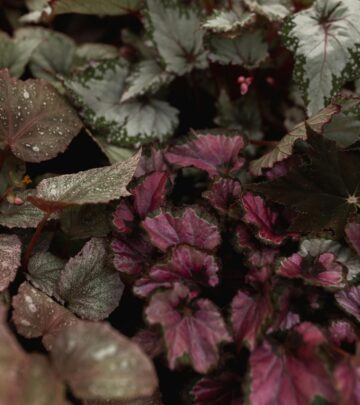
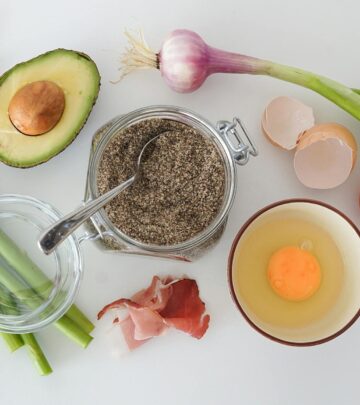
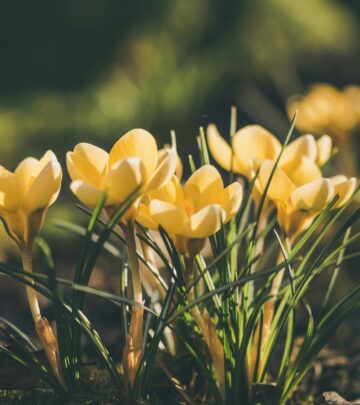
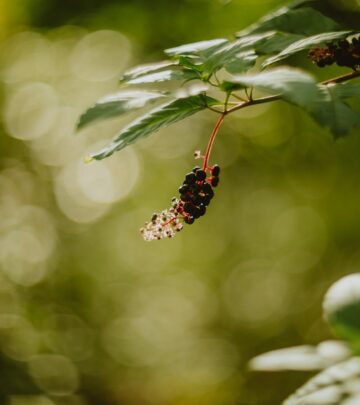


Community Experiences
Join the conversation and become a part of our empowering community! Share your stories, experiences, and insights to connect with other beauty, lifestyle, and health enthusiasts.